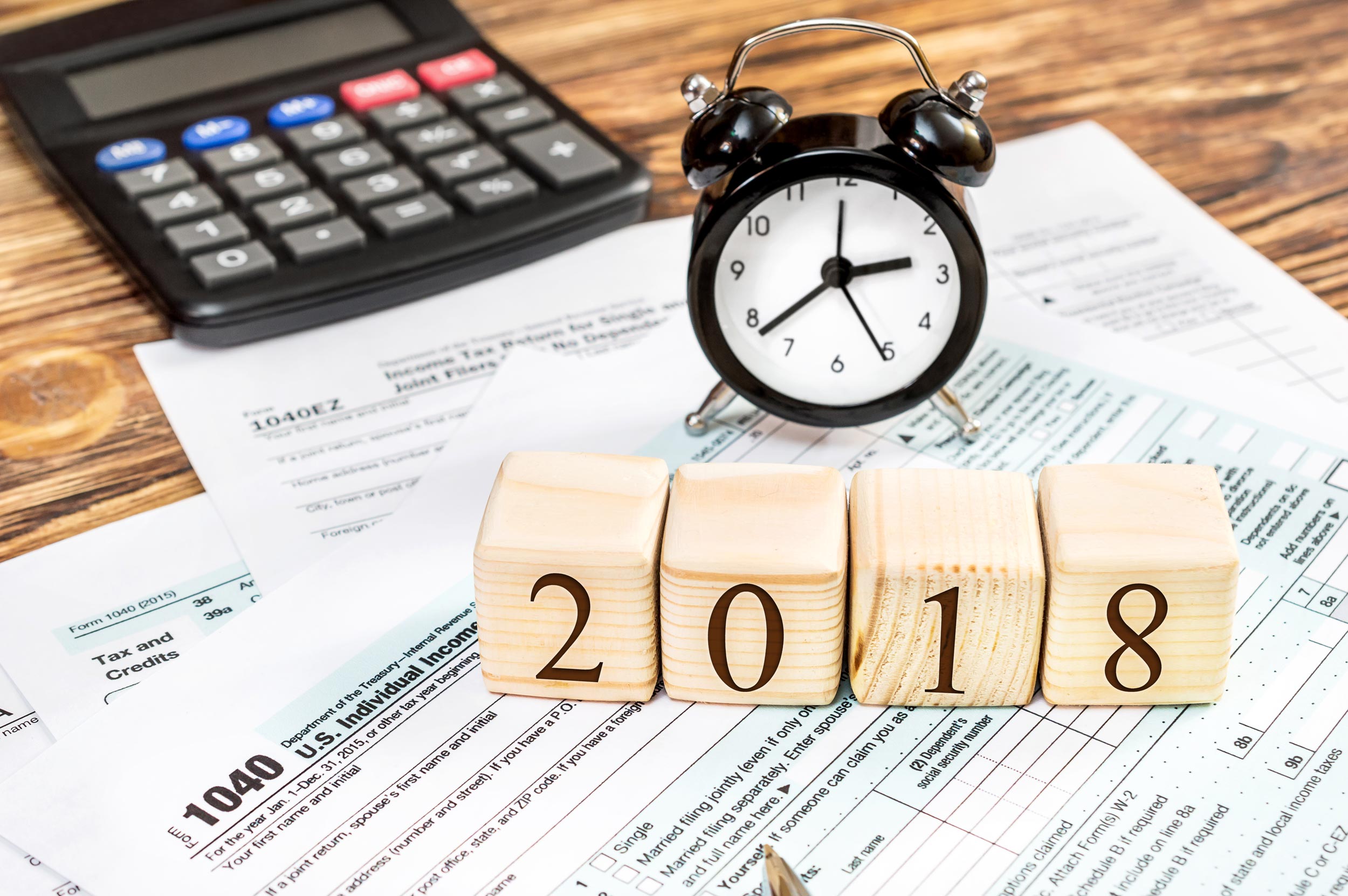Strategic Year-End Tax Planning: Optimize Your Business Savings

As we approach the end of the year, it’s critical for small business owners to hone their financial strategies and ensure tax optimization. By integrating comprehensive tax strategies, you can potentially mitigate your 2025 tax bill significantly. Streamlining your savings, effectively managing cash flow, and adhering to tax deadlines, places your business in a robust position for the upcoming year. Taking informed actions before December 31 is pivotal. To assist you, here’s an exhaustive year-end tax planning guide to help small businesses identify and capitalize on lucrative tax-saving opportunities.
Purchase Fixed Assets & Equipment: Maximizing your tax deductions can be achieved by acquiring necessary equipment, machinery, and fixed assets, and placing them into service by December 31. These assets are normally capitalized and subsequently depreciated over multiple years. However, you can leverage several provisions for immediate expense deductions:
Section 179 Expensing – This provision allows for the deduction of up to $2.5 million ($1.25 million if married filing separately) in expenses for eligible tangible property, including certain computer software, deployed in service in 2025. A dollar-for-dollar phase-out applies once expenditures exceed $4 million.
Leveraging Section 179 enables businesses to instantly deduct costs of qualified property, such as machinery and software, instead of depreciating over time. Improvements to nonresidential real estate like roofs and HVAC systems qualify under certain circumstances. However, buildings and structural components generally don’t qualify unless they fall under "qualified real property," which encompasses specific leasehold, restaurant, and retail improvements. To claim this deduction, the property must be utilized more than 50% for business purposes and must be in service in the conducting tax year.Bonus Depreciation – Thanks to legislative changes under the OBBBA, the bonus depreciation rate was augmented to 100% for qualifying property acquired post-January 19, 2025, progressing from a previous 40% for 2025, offering a potent tax-saving vessel.
Eligible property encompasses tangible personal property with a MACRS recovery period of 20 years or less, most software, some leasehold enhancements, and transport utility property. This enhancement is applicable to both new and used assets procured and placed in service post-date, enhancing capital expenditure flexibility for businesses.De Minimis Safe Harbor – This guidance allows for direct expensing of certain low-value assets used within your business, bypassing traditional capitalization and depreciation. With applicable financial statements, up to $5,000 per item or invoice may be expensed if mirrored in accounting records. Without such statements, the threshold is reduced to $2,500. Despite its label, this provision delivers substantial immediate deductions. For example, acquiring ten computers at $2,500 each can initiate a $25,000 upfront deduction.

End-of-Year Inventory Management: Year-end inventory is influential in a business's profit or loss figures, directly impacting the Cost of Goods Sold (COGS) calculation, an essential element in gross profit determination.
Calculating the cost of goods sold entails summing the beginning inventory and the year's purchases, then subtracting the concluding inventory. Consequently, ending inventory valuation affects COGS, with a higher figure lowering COGS and escalating gross profit and taxable income. Conversely, a reduced ending inventory heightens COGS, thus diminishing gross profit and taxable income. Consider these strategies:
Identify and write off obsolete or slow-moving inventory can lower taxable income due to recognized loss of inventory value.
Delay inventory procurement until after year-end to manage COGS effectively, thus optimizing current year financial results.
Contributing to a Retirement Plan: Retirement contributions provide substantial tax benefits while fostering future savings for business proprietors and employees. For self-employed, contributing to plans such as a SEP IRA is advantageous. Contributions up to 25% of net self-employment earnings, capped at $70,000 for 2025, underscore the SEP IRA’s appeal due to its flexible contribution deadline extended to the tax return filing date, allowing extended planning time.
Sole proprietors, freelancers, or independent contractors might consider a Solo 401(k), reaping from its dual-role contribution model, permitting substantial contribution limits and maximizing retirement savings. Furthermore, year-end bonuses and retirement funds augment employee satisfaction and retention and are typically deductible. Together, these steps bolster the company’s financial standing and employee stability.
Optimize Qualified Business Income (QBI) Deduction: Strategize to maximize the QBI deduction as year-end looms. By aligning your income levels below $197,300 for single and $394,600 for joint filers (2025 thresholds), you circumvent phase-outs. Adjusting W-2 wages appropriately helps businesses structured as S corporations mitigate IRS scrutiny while aligning with "reasonable compensation" standards. Capital investments may further enhance deductions through Section 179 or bonus depreciation avenues, effectively lowering business income.
Assess Accounts Receivable for Bad Debts: As year-end nears, evaluating accounts receivable for bad debts opens doors to valuable tax deductions. Uncollectible amounts from unpaid invoices or loans, rated as either business or non-business debts, warrant careful documentation. For accrual method taxpayers, these debts are deductible when declared worthless. Provided diligent collection efforts are documented, and worthlessness is established, IRS compliance is assured, facilitating financial record adjustments and optimizing taxable income. Engaging a tax advisor can ensure you fully capitalize on this deduction within your year-end plan.

Prepay Expenses: As year-end approaches, managing cash flow via prepaid expenses can reduce taxable income and liabilities. Accelerating deductible expenses, like insurance or marketing costs before December 31, can lower taxable income for the current year—particularly beneficial for cash accounting method users. Prepayment of up to 12 months of expenses is acceptable under IRS safe harbor rules, permitting deduction advancement into the current tax year, provided income deferrals are viable.
Defer Income: Holding off income until the new year can help a business stay below certain tax thresholds, optimizing tax results. For cash basis taxpayers, delaying client billing can mean recognizing income when it’s received. However, it’s crucial to ensure deferral doesn’t impede operational or relational aspects of the business. Balancing these strategies ensures proactive management of taxable income, supporting smoother cash flows while enabling meaningful tax savings.
New Business? If so, you may elect to deduct up to $5,000 of start-up and $5,000 of organizational expenses in your inaugural year. These deductions are reduced by expenses exceeding $50,000. Non-deductible expenses must be amortized over 15 years.

Avoid Underpayment Penalties: Forecasting taxes owed for 2025 allows steps to minimize underpayment penalties. The penalty applies quarterly, so a fourth-quarter estimated payment impacts only that period. However, increased withholding is regarded as paid evenly throughout the year to mitigate penalties for all quarters. Solutions include:
Qualified retirement plan distributions can temporarily counter withholding deficits, with 20% automatically withheld for tax payments, allowing rollover opportunities within 60 days, assuming other funds are provided for withheld portions.
If married, your spouse could increase end-of-year withholding, utilizing entire paychecks if necessary, subject to cooperative employer.
Enhance withholding for other income sources appropriately.
Consult with your tax office to assess potential exceptions to underpayment penalties and review calculations.
S Corporation Shareholder? Be aware of IRS “reasonable compensation” mandates, which could affect your Sec 199A deduction and payroll taxes. Evaluating these requirements for personal circumstances may prevent IRS issues.
Issuing Bonuses? Consider providing employee bonuses before year-end to benefit from expedited tax deductions.
Reevaluate Business Entity: Year-end is an opportune time to reassess if your current business structure is aligned with operational needs. Each structure hosts distinct tax and liability ramifications, with options like sole proprietorships, partnerships, LLCs, S Corporations, and C Corporations available.
Conclusion: While year-end strategies majorly aim at managing and reducing income taxes, they enhance broader financial health. Implementing these measures can also lessen self-employment and payroll taxes. Tactics such as income shifting, deduction optimization (like the QBI deduction), and thoughtful investments enable reduction of taxable income to favorable echelons, thereby minimizing related tax responsibilities. Such all-encompassing tax planning augments cash flow and fortifies the business's fiscal stance, fostering a more prosperous, tax-efficient new year. Befitting the closure of your fiscal strategy, consult this office to ensure opportunity maximization across tax spectrums.
Want tax & accounting tips and insights?
Sign up for our newsletter.